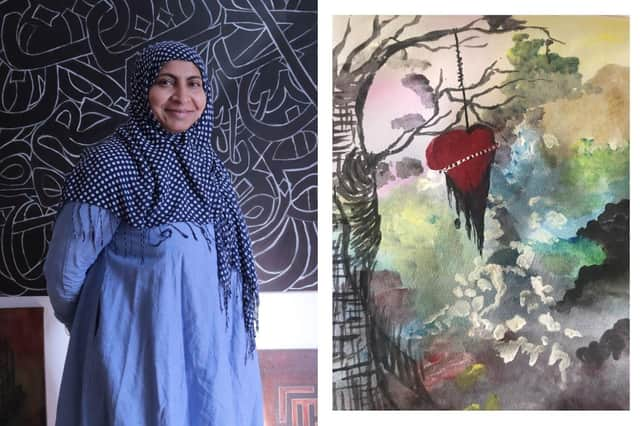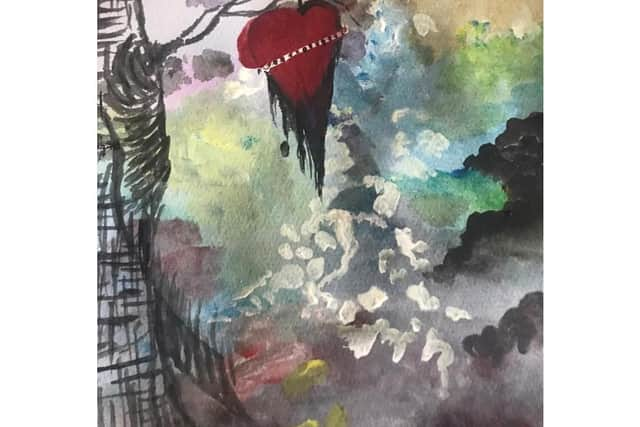Arts project explores impact of pandemic on ethnically diverse communities in Sunderland and South Tyneside


The Srijoni project has involved women from diverse communities supporting each other through arts and craft activity.
The project was set-up and run by Sangini, a Black and minority ethnic (BME) led, multicultural women’s organisation.
Advertisement
Hide AdAdvertisement
Hide AdSangini’s Project Manager, artist Padma Rao, and Durham-based Islamic artist Roohia Syed-Ahmed worked with the women to explore the notion of culture, cultural entitlement and identity through Arabic calligraphy, contemporary drawing and writing.


Women from Wearside and South Tyneside attended online workshops run by Padma and Roohia.
Artwork produced will be exhibited at a show at Arts Centre Washington starting on Tuesday, May 18, Covid restrictions permitting.
The exhibition will also be on Sunderland Culture’s website – www.sunderlandculture.org.uk
Advertisement
Hide AdAdvertisement
Hide AdPadma said: “Srijoni means creativity in Bangla and the aim of the project was to reduce isolation within BME communities by engaging women with arts and crafts activities. Participation in the arts within these communities is very low, but we’ve had terrific feedback from the women we’ve worked with.
“The activities we introduced them to, particularly the Arabic calligraphy, meant something to them, it was relevant and gave them a voice.
“It was also important to us to raise the profile of Islamic artists and art through the project. These artists and their work can sometimes be invisible within Sunderland’s wider cultural landscape.”